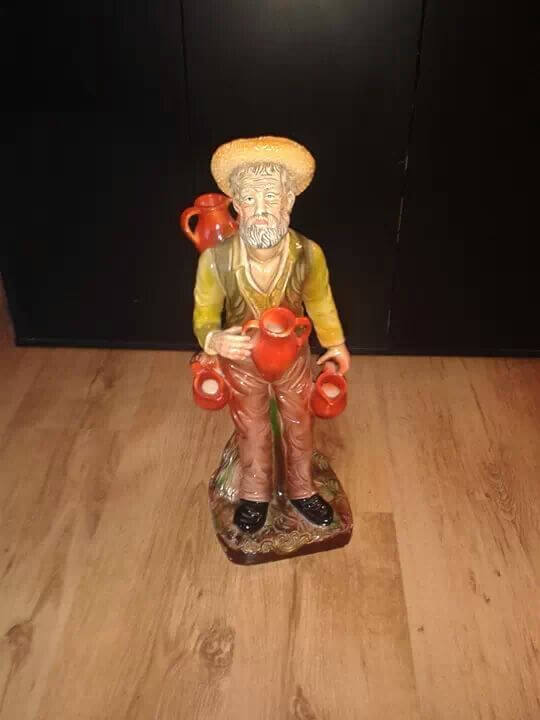Before we get to the appraisal requests in my mailbag, here’s how you can have some of your items appraised this weekend. On April 12, I will be at the Teaberry Marketplace on Route 9 in Clermont doing appraisals from 11 a.m. until 3 p.m. Appraisals are free with a purchase from any of their wonderful vendors, or for a $5 donation. Come for lunch; they have a neat bistro on the premises. Call them at 624-1700 for more information. Hope to see you there.
The first item in the mailbag this week is a tea set made of bone china, a material I often get questions about, like: It isn’t really made of bones, is it?
The fact is that it is. For ages, ox bones had been burned black to produce ink. Josiah Spode I figured out that under higher temperature, the bones would become a white ash powder that could be used to produce a substance as white and eggshell thin as porcelain.
This was important to the English, who didn’t have a natural resource of porcelain making clay and stone. Spode died in 1787 before he could put his formula into production, but his son, Josiah II took over and began production by the 1790s; and it was a big hit.
Bone china is uniquely English, and most often seen in tastefully decorated tea services. It’s an elegant substance, very fine to the touch. It is also very labor-intensive to produce, and therefore often more expensive.
We also have a ship captain’s writing box in this week’s mailbag. What a treat to see one of these. Here is where a captain kept his personal log, stationary and writing materials. He also may have kept money, jewelry, and personal mementoes, so these boxes usually have one or more hidden compartments. Usually British, previous owners may have been historically important. The one we see here belonged to English captain J.R. Dacres (1873-1853), who participated in the war against Napoleon.
The word for doll in Japanese is Ningyo, which means human figure. In an ancient rite, the early Japanese rubbed their bodies with these figures to remove impurities. One such holiday was the feast of the snake (joshi). The pronunciation of that word is very similar to the Japanese word for girl. So now the holiday celebrates girls and features huge displays of dolls in homes, stores and public places.
Stick with antiques and you will learn something every day. Enjoy the photos with this column. Send in your appraisal requests (photos please) to the email address below, and look for them in a future mailbag column.
Arthur Schwerdt, a certified appraiser, is the author of “The Antique Story Book: Finding the Real Value of Old Things,” and co-owner of The August Farmhouse Antiques on Route 9 in Swainton. Send your comments, questions and appraisal requests to: aschwerdt@cmcherald.com.








